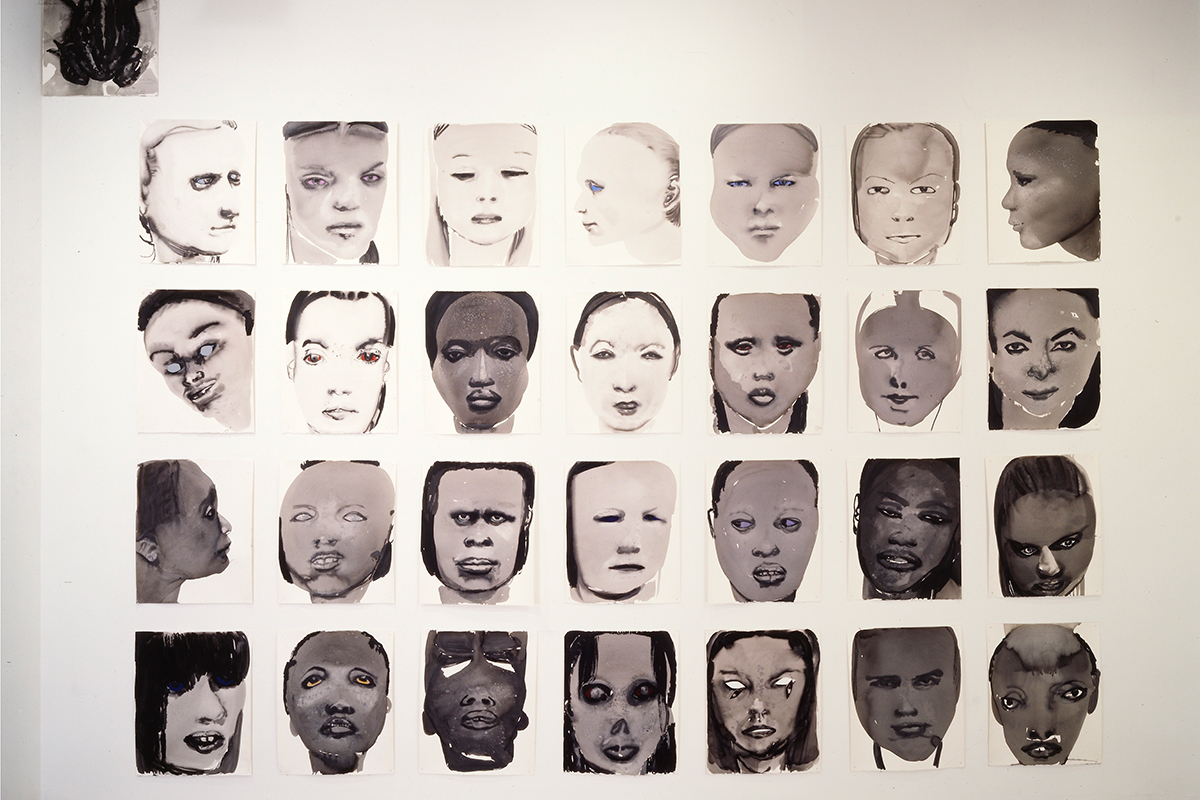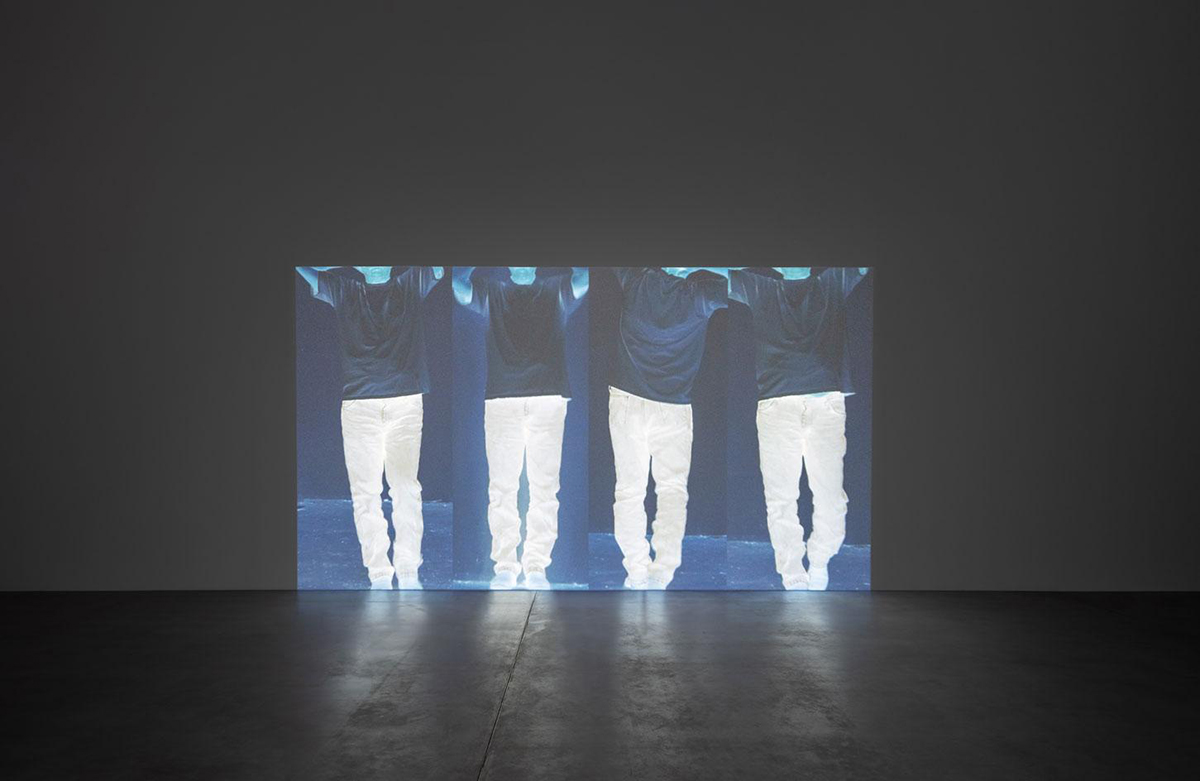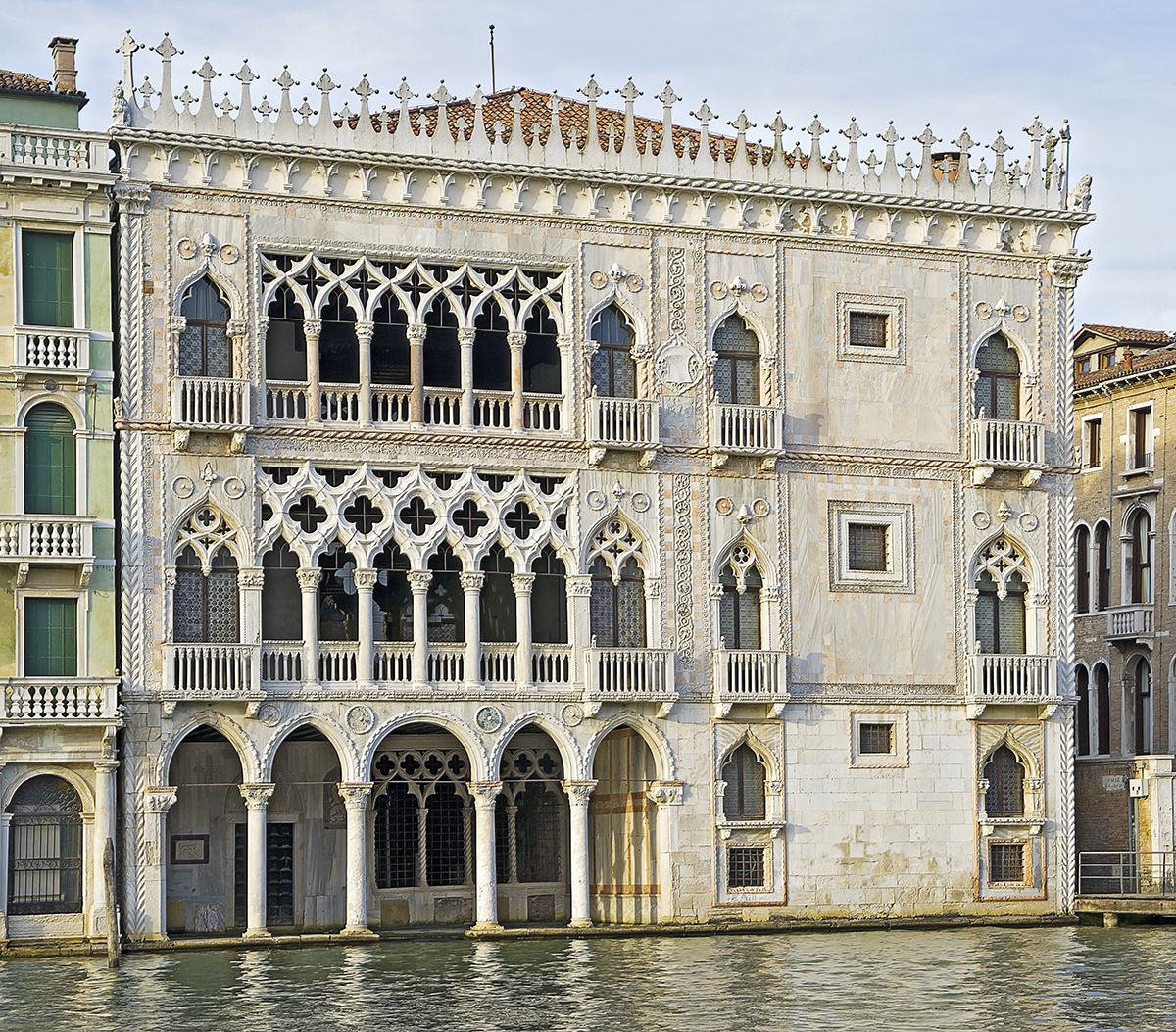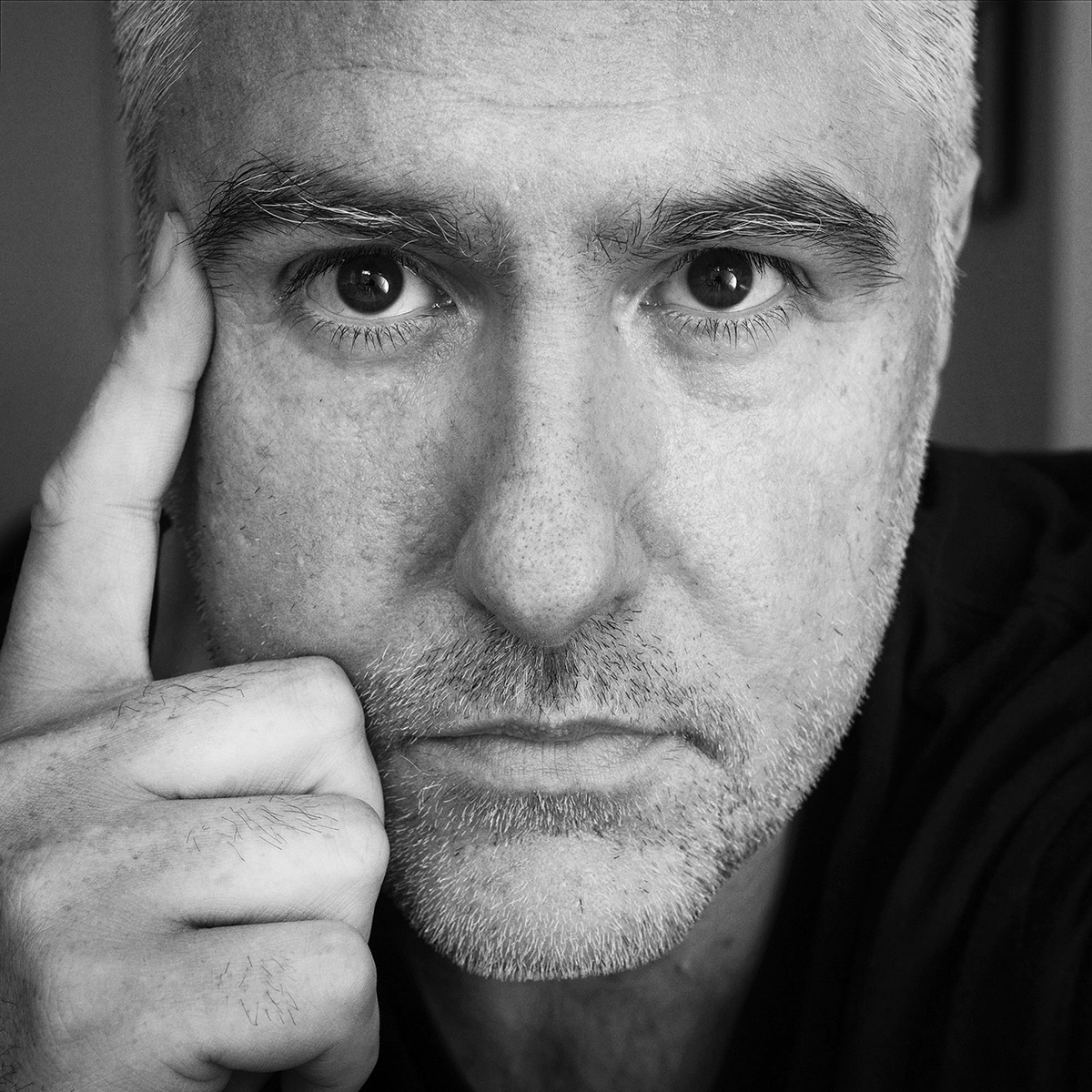
Marlene Dumas, ‘Betrayal’ (1994). Private collection, courtesy David Zwirner. Photo by Emma Estwic. © Marlene Dumas
As VIPs swarm to Venice for the pre-opening week of the Biennale, LUX columnist Sophie Neuendorf gives her tips for visiting the all-consuming art event, the biggest of the year

Sophie Neuendorf
There is something magical about Venice. No matter what time of the year one travels to the historical city, it’s always a delight. Though, it’s especially lovely during the opening week of Biennale.
I’ve been fortunate enough to have visited Biennale several times already, and always thoroughly enjoyed rushing from one exhibition or event to another.
During my last, pre-pandemic visit to Biennale, a renowned art fair director, who somehow never received a VIP card to the opening (and who shall remain nameless), showed me where I could possibly gain illicit entry by jumping over a fence.
During another visit, a well-known gallerist showed me how he uses the service corridors and stairs to gain secret entry into the parties at the Bauer Hotel.

Bruce Nauman, ‘Contrapposto Studies’, installation view at Punta della Dogana, Venice (2021). Jointly owned by Pinault Collection and the Philadelphia Museum of Art. Photo by Marco Cappelletti. © Palazzo Grassi, Venice. © Bruce Nauman by SIAE, Rome, 2021.
Aside from those shenanigans, there are many sites, exhibitions, museums, and, of course, parties to visit during the opening week.
It is most likely that one won’t be able to see everything on offer during the Biennale, so it’s wise to pick and choose beforehand. As previous Biennale director Massimiliano Gioni said, “The fact that people are still congregating periodically to look at art made in 80+ countries around the world, there is a kind of madness to it. So, I say, embrace the madness.”
The opening of Biennale di Venezia is on April 23, and the extravaganza is curated by art world veteran, Cecilia Alemani. Alemani is the fifth woman to curate the show in the biennale’s 127 year history. In 2017, she curated the Italian pavilion—the largest national pavilion on site—which she said gave her a “definite advantage.”
Follow LUX on Instagram: luxthemagazine
The exhibition is titled The Milk of Dreams, after a book by Surrealist artist and author Leonora Carrington, which Alemani describes as “very simple, very joyful, but also quite macabre.”
The exhibition suggests a fitting bit of symmetry with our own moment: the Surrealist movement emerged in 1924 just after the end of World War I, in part as a reaction against totalitarianism and militarisation.
The 2022 exhibition focuses on the many inquiries that saturate the sciences, arts, and myths of our time – “How is the definition of ‘the human’ changing? What constitutes life, and what differentiates plant and animal, human and non-human? What are our responsibilities towards the planet, other people, and other life forms? And what would life look like without us?”

The Ca’ d’Oro, or Palazzo Santa Sofia, is a palace on the Grand Canal in Venice where a group of significant Renaissance sculptures will be on display during the Venice Biennale
These are some of the guiding queries for this edition of the Biennale Arte, which concentrates on three thematic areas in particular: the representation of bodies and their metamorphoses; the relationship between individuals and technology; the connection between bodies and the Earth.
Among many highlights, this year’s edition will be showcasing NFT artists, such as Kevin Abosch and Eduardo Kac among several others, for the very first time – courtesy of the Cameroon Pavilion. This year also marks the first time the United Kingdom has chosen a black female artist to represent the country at the Biennale: Sonia Boyce.
In response to the nomination, Boyce commented “I do think part of the question, as it is posed to me, is about [how] I’m black and British, and what does it mean to “carry the flag”? It will be interesting to see how she tackles this immense and multi-facetted question.
Read more: The LUX Art Diary: Exhibitions to See in April
Outside the Biennale, worth visiting is the multi-sensory work by Danish artist Jeppe Hein. The fruit of French champagne house Ruinart’s fifth artist residency (previous collaborations included Vik Muniz and David Shrigley). The work is inspired by the maison’s residency’s chalky, sun-dappled terroir.
The renowned Palazzo Grassi is showing work by South African artist Marlene Dumas, curated by Caroline Bourgeois. It will show works from 1984 through today, with many previously unseen masterpieces. Her work focuses on human figures dealing with the most intense emotions and paradoxes.

Irish NFT artist Kevin Abosch
While you’re there, don’t miss the Bruce Nauman show, which is an homage to the influential contemporary artist. Awarded the Golden Lion at the 2009 Biennale di Venezia, the show brings together old and recent works, some of which have never been exhibited in Europe.
One of my favourites is the Palazzo Fortuny, a beautiful palace and museum. It was constructed between 1460 and 1480, commissioned by a Venetian nobleman. Today, it houses a wonderful collection of masterpieces.
This year, Colnaghi Gallery is collaborating with the Direzione regionale Musei Veneto and Venetian Heritage to present a group of significant Renaissance sculptures at Ca’ d’Oro. An exquisite Gothic jewel, the Ca’ d’Oro is the most famous Gothic building in Venice after the Doges Palace. It was hugely admired by Ruskin, who recorded its facade in a beautiful watercolour in 1845. The exhibition will include works by the greatest artists of the Italian Renaissance, including Donatello, Lombardo, and Rovezzano.
The whole city is a work of art, with many yet-to-be-discovered treasures. After surviving the pandemic, discovering art from 80 different countries is a call to live and let live.
Sophie Neuendorf is Vice President at artnet.






